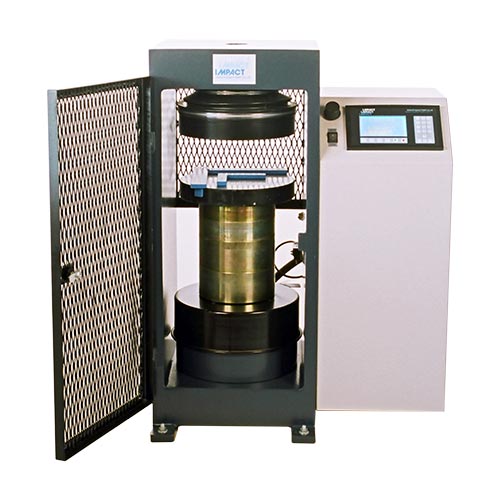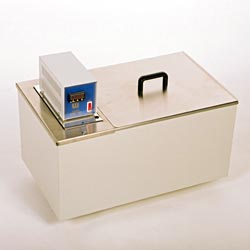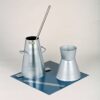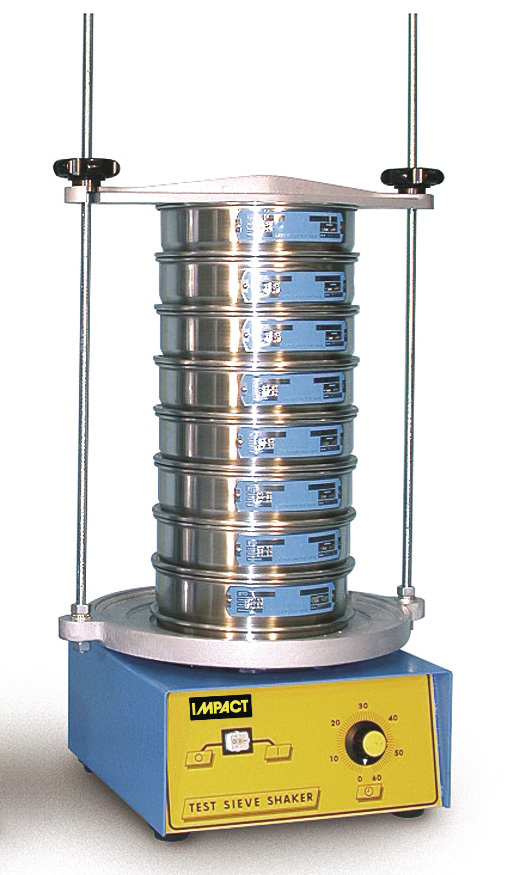Compression Machine, a vital tool in materials testing used to assess the compressive strength and behavior of various materials, including concrete, rock, and other construction materials. The Compression Machine is commonly employed in quality control, research, and structural analysis to ensure the integrity and performance of materials under compressive loads. Here are the key features of our Compression Machine:
Impact
Compression Machine
Key Features:
- Load Frame: The Compression Machine features a robust load frame capable of applying compressive forces to the specimen. The frame is typically constructed from sturdy materials such as steel to withstand high loads.
- Hydraulic or Mechanical Actuation: The machine may use hydraulic or mechanical systems to apply and control the compressive force. Hydraulic systems are often preferred for their precise control and ability to apply gradual loading.
- Platen or Piston: The load is transmitted to the specimen through a platen or piston, which makes contact with the material being tested. The design and dimensions of the platen depend on the type and size of specimens under consideration.
- Versatility: Compression Machines are versatile and can accommodate various specimen types and sizes. They are widely used for testing concrete cubes, cylinders, and other materials.
- Load Measurement: Load cells or pressure transducers are integrated into the Compression Machine to measure the applied compressive force accurately. This data is crucial for calculating the compressive strength of the material.
- Displacement Measurement: Displacement transducers or extensometers are used to measure the deformation or displacement of the specimen during compression. This information helps assess the material’s behavior under load.
- Control System: The Compression Machine is equipped with a control system that allows operators to set testing parameters, apply loads, and monitor the testing process. Some machines feature automated controls for increased efficiency.
- Safety Features: Safety is a top priority in materials testing. Compression Machines may include safety features such as emergency stop buttons, overload protection, and clear visual indicators to ensure safe operation.
- Data Acquisition System: Advanced Compression Machines may have a data acquisition system for real-time recording and analysis of load and displacement data. This enhances the accuracy and efficiency of the testing process.
- Compliance with Standards: Our Compression Machine is manufactured to comply with relevant industry standards and testing protocols, such as ASTM (American Society for Testing and Materials) standards for compressive strength testing.
- Calibration: The Compression Machine is designed to allow for calibration, ensuring that the applied loads and measured forces are accurate and in accordance with testing standards.









